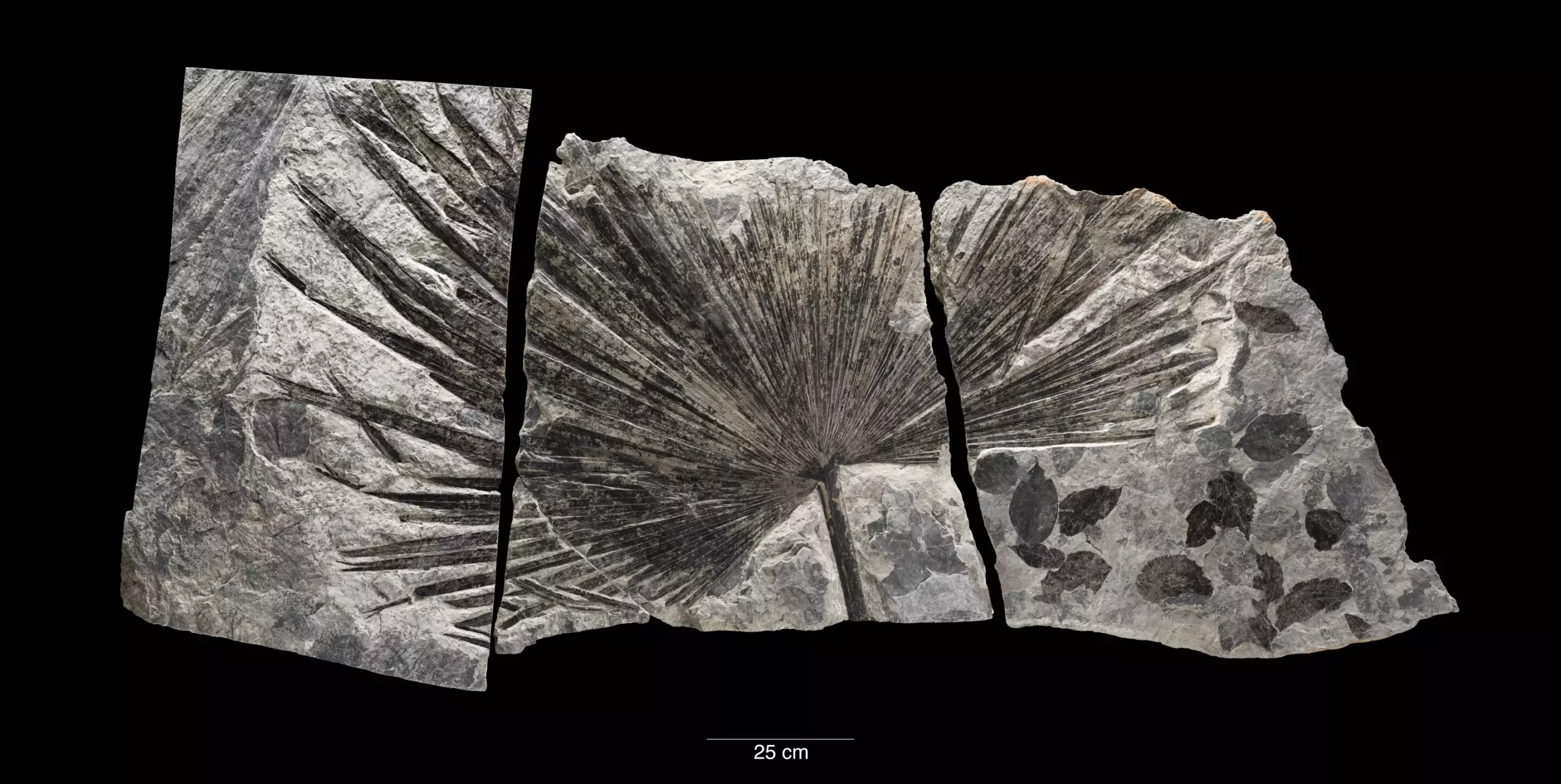A groundbreaking study co-led by the Smithsonian Institution and the University of Arizona has revealed intriguing insights into Earth’s global mean surface temperature (GMST) over an astonishing timescale of 485 million years. Published in the journal Science on September 19, this research amalgamates the expertise of paleobiologists and climate scientists to trace temperature fluctuations throughout the Phanerozoic Eon, a period marked by significant biodiversity, climatic shifts, and several extinctions. The recent findings not only deepen our understanding of ancient climates but also provide critical context for the ongoing anthropogenic climate crisis.
Decoding Temperature Variations Across Eons
The research emerging from this collaborative effort has birthed a temperature curve that chronicles Earth’s climatic narrative with unprecedented detail. This curve illustrates that temperature has fluctuated significantly more than previously acknowledged during key intervals of Earth’s history. Scott Wing, a curator of paleobotany at the Smithsonian, and his colleagues discovered that GMST has spanned between 52 and 97 degrees Fahrenheit (11–36 degrees Celsius), thus revealing a pattern of extreme temperatures tightly correlated to varying atmospheric carbon dioxide levels.
This correlation amplifies the understanding of how greenhouse gases, primarily carbon dioxide, dictate global temperatures across geologic time. The study emphasizes the stark reality that as CO2 levels rise, so too does the Earth’s temperature. Jessica Tierney, a co-author of the study and a paleoclimatologist at the University of Arizona, succinctly encapsulates this dynamic: low CO2 results in colder temperatures, whereas high CO2 leads to warmth.
Implications for Modern Climate Change
The implications of this temperature curve are profound, especially when juxtaposed against current climate trends. Today’s GMST of 59 degrees Fahrenheit (15 degrees Celsius) appears relatively cooler when viewed in the context of the previous 540 million years. However, the rate at which our planet is warming today eclipses even the most rapid warming events recorded in geological history.
Such speed poses imminent threats to both species and ecosystems worldwide, leading to rapidly rising sea levels and the specter of mass extinction events resembling those witnessed in the past. Tierney cautions that human-induced climate change may be hastening a transition to an environment that could outpace the adaptive capacities of many species. The pressing concern is not merely about warmer temperatures; it is about how these rapid changes could destabilize ecosystems that have evolved over millions of years.
A striking aspect of this study is the pioneering methodology employed—data assimilation. Traditionally seen in weather forecasting, this approach allows for the integration of diverse datasets into a singular, cohesive narrative. In this context, researchers compiled over 150,000 data points from geochemical proxies, such as fossilized shells, to glean insights into ancient ocean temperatures. Coupled with sophisticated climate model simulations from the University of Bristol, the team reconstructed an acute picture of the Earth’s climatic history.
Lead author Emily Judd explains that while these ancient data points serve as fossil ‘snapshots,’ the incorporation of climate models enables a broader understanding of the global climate system. It’s akin to assembling a jigsaw puzzle; though some pieces are missing, the overall picture becomes clearer through careful integration. This innovative undertaking is not merely a static accomplishment but marks the beginning of a continuously evolving research trajectory.
Despite the immense data compiled and the insights garnered, the study acknowledges that this temperature curve is a work in progress. Huber, the museum’s curator of foraminifera, points out that the existing curve is likely to undergo revisions as more data emerges from ongoing paleoclimate research. The team embarked on their quest for knowledge back in 2018, underscoring a commitment to discovering more about Earth’s climatic transformations.
The research sheds light on the notion that past climate patterns are pivotal in addressing contemporary climate challenges. To understand the complexities of Earth’s current warming trajectory, the study affirms that looking back at ancient warm periods is essential. Each insight gleaned from this deep-time research enriches the discourse on climate resilience and adaptation.
As humanity grapples with the pressing realities of climate change, the revelations from this study serve as a sobering reminder of the intricate relationship between CO2 levels and global temperatures. The lessons learned from ancient climates ring clear: understanding our planet’s past is crucial to navigating its future. With ecological systems under unprecedented stress, interdisciplinary collaborations like this one between paleobiologists, climatologists, and fossil experts hold the potential to shape strategies for environmental stewardship and sustainability in the face of escalating climate challenges.


Leave a Reply